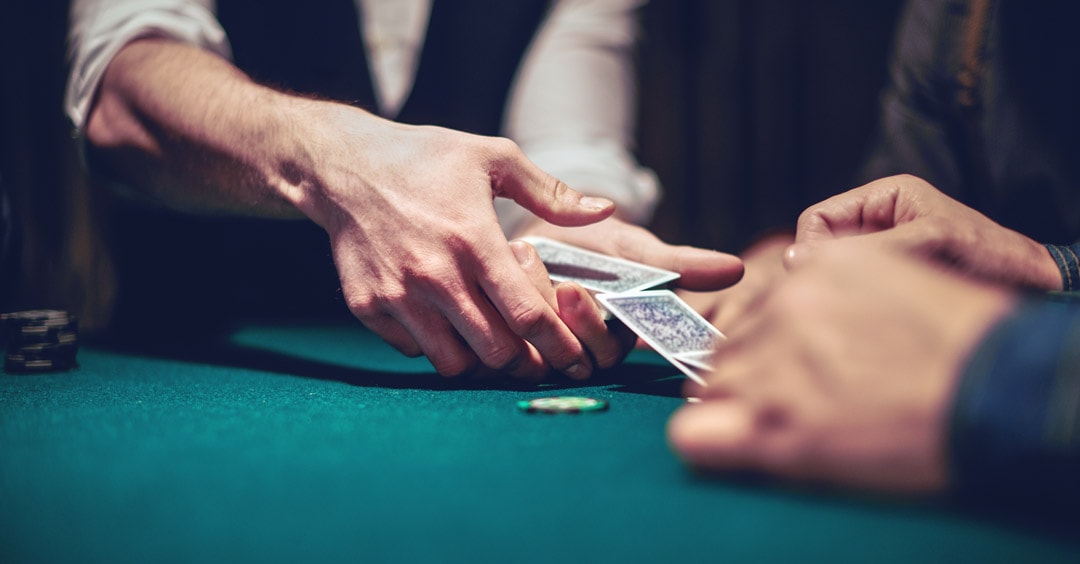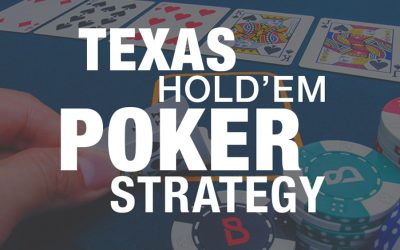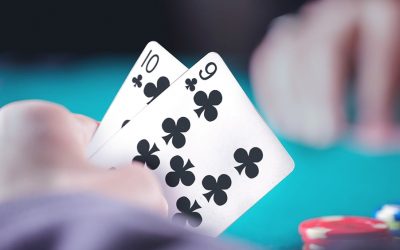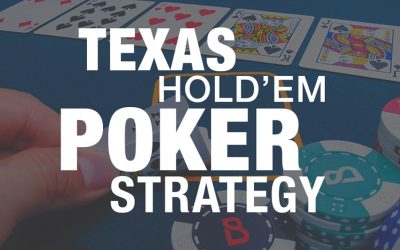Poker Strategy: Hand Reading Tips
Do you know the Fundamental Theorem of Poker? Noted author David Sklansky presented this concept in his 1999 book The Theory of Poker, capturing the underlying principle of all poker games. It boils down to this: If you play your hand differently than the way you would if you could see your opponents’ cards, you’re making a mistake. It seems simple enough, but it emphasizes the importance of figuring out what cards people have. This skill is called hand reading, and sure enough, it’s one of the fundamental skills in both live and online poker.
Naturally, reading your opponent’s hand playing poker is easier when you’re playing live, and you can identify some of the physical and verbal tells the other players are giving off. But you can still learn how to narrow down the cards your opponents might be holding when you play online at Bovada. You might not be able to pin it down to two (or four) exact cards, but by eliminating some of the possibilities, you can make better-informed decisions and make more money at the tables.
Reading Poker Hands, Reading Poker Ranges
The trick behind reading hands in poker is to think in terms of ranges. At every point in a hand, your opponent might have a certain set of combinations, which we call a range, and you can estimate that range based on her actions up to that point. For example, if you play 25c/50c No-Limit Texas Hold’em at Bovada, and an opponent opens to 2.5X under the gun at a 6-max table, you can put that player in a range including the top 15% of hands – something like all pairs, all suited Aces, good Broadway hands, and some suited connectors (here is an Overview of Poker Hand Rankings). Of course, she could have anything, but these are the most likely combos in her range.
As the hand progresses, you can whittle down your opponent’s range based on the action and the cards on the board. Let’s say you call on the button, everyone else folds, and the flop comes Nine-Six-Four rainbow. If your UTG opponent checks that flop, you can remove from her range anything that would benefit from the protection of a continuation bet – mostly overpairs in this case. If you bet, and she hits you with a check-raise, now you can remove hands that completely missed the flop. What does she have left in her range? The most likely candidates are sets (99, 66 and 44) and open-ended straight draws (87, maybe 75).
Once you get to this point, you can count the number of combinations your opponent has in her range and make an educated guess about the likelihood she’s made a set. In this case, assuming you don’t have any of these cards yourself, she could have three different combos of each set, and four different combos of each suited connector. That’s nine combos of sets and eight OESD combos. You haven’t guessed exactly what two cards she has, but you’ve narrowed her range down enough to make a better decision about what to do next. Now you’re much less likely to make a fundamental error. Mr. Sklansky would be proud.






